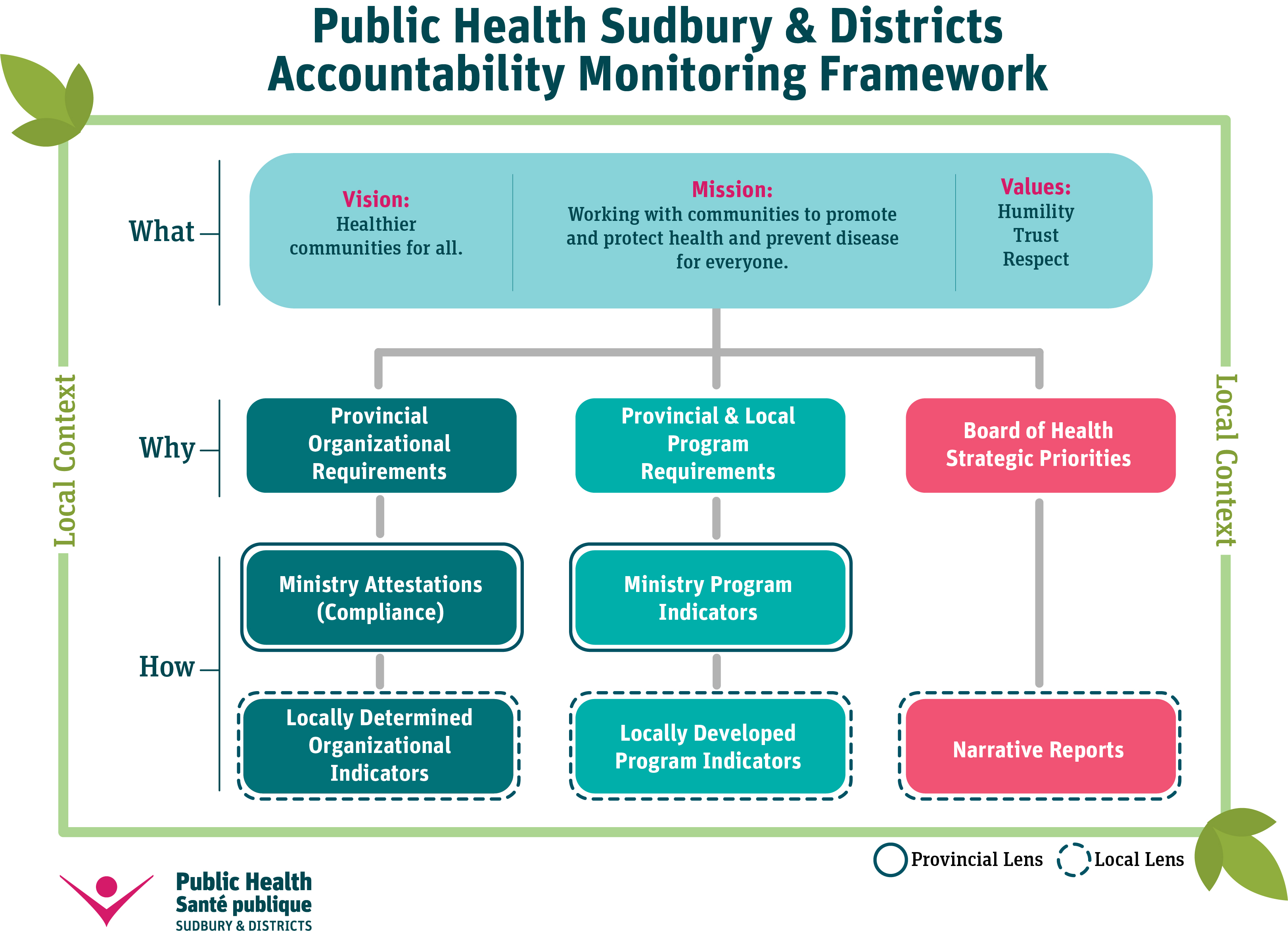


However, it is difficult to determine the feasibility of their short-term and long-term targets because the state didn’t provide baseline data to give context on the ambition and attainability of these goals.Īn overall lack of detail in Alabama’s plan around standards and assessments makes it difficult to assess if they are high-quality and aligned to college and career readiness. Similar to the state’s achievement goal, Alabama’s long-term high school graduation rate goal is to decrease the percentage of non-graduating students by 50 percent by 2030.Įnglish learners in Alabama would be expected to be proficient in English within eight years (although the plan says seven years, the first year isn’t counted). The state should provide evidence as to why this timeframe is appropriate based on past performance. The percentage goal is both ambitious and attainable, yet the 13-year-timeframe raises concerns. The state’s goals include: preparing graduates, creating multiple pathways to careers and higher education, maintaining superior educator preparation programs, supporting continuous improvement of world-class educators, creating equitable and accountable systems, promoting healthy and safe systems and schools, and truly engaging family and communities.Īlabama’s long-term achievement goal is to reduce the percentage of students who do not reach proficiency by half by 2030.
ALABAMA ACCOUNTIBILITY SYSTEM INDICATORS HOW TO
Due to insufficient details regarding how individual student subgroups will be incorporated into the statewide system, it is not clear how disaggregated subgroup accountability will be calculated.Ĭlick through the tabs on the left to see how Alabama scored in each category.Īlabama has several lofty and admirable goals, but is frequently short on specifics on how to achieve them.The state’s long-term goals will continue to leave many Alabama children unprepared for success after high school, particularly low-income students, children of color, English learners, and students with disabilities.Without this information, it is difficult to meaningfully assess several elements of the plan. Alabama’s plan notes that its standards and assessments are aligned and rigorous, but does not provide information or data to support that claim.Most concerning, the state does not articulate how it will calculate academic growth, nor have they selected an assessment. To support struggling schools, Alabama recently created an Office of School Improvement and Turnaround.Alabama plans to identify the bottom six percent of Title I schools and schools with a graduation rate that is more than 10 percent below the state’s average graduation rate as schools in need of support – which, theoretically, will allow more schools and students to receive the supports needed to be successful. The state goes beyond what is required for identifying schools for comprehensive support.In addition, the state includes a growth indicator in high school. Alabama’s academic achievement and growth indicators are weighted significantly in elementary, middle and high school.


 0 kommentar(er)
0 kommentar(er)
